Optimal Timing for Factory Painting
Factory paintings are most effectively scheduled during specific periods to ensure optimal results and minimal disruption. Understanding the best time for factory painting involves considering environmental conditions, production schedules, and operational requirements.
Spring and early fall are preferred due to moderate temperatures and lower humidity, which facilitate proper curing and adhesion of paints.
Avoid painting during extreme weather conditions such as high heat, heavy rain, or freezing temperatures to prevent defects and ensure durability.
Scheduling during planned downtimes or maintenance periods minimizes interference with ongoing operations and reduces safety risks.
Allow sufficient lead time for surface preparation and drying processes, which are critical for long-lasting results.
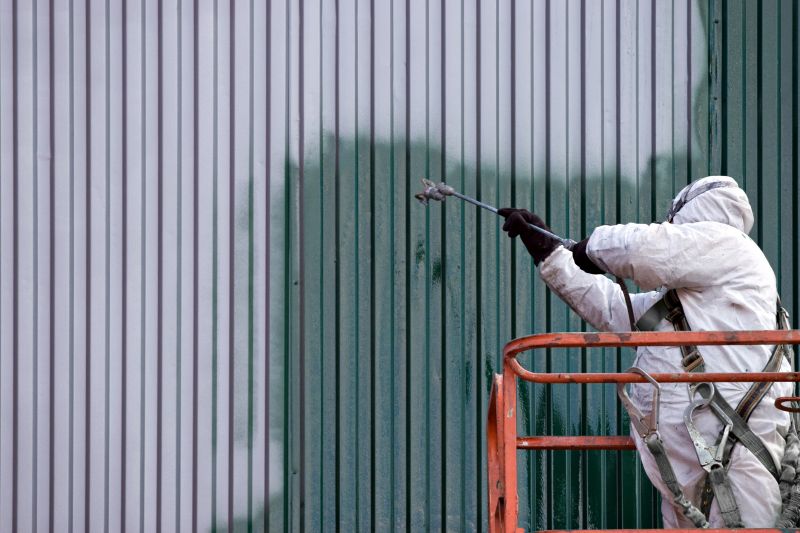
Spring offers ideal conditions with moderate temperatures and low humidity, promoting proper paint curing.

Summer requires careful planning to avoid high heat and humidity, which can affect paint adhesion.

Early fall provides cooler, dry conditions suitable for factory painting projects.

Winter is generally avoided due to low temperatures and potential for frost, which hinder paint application.
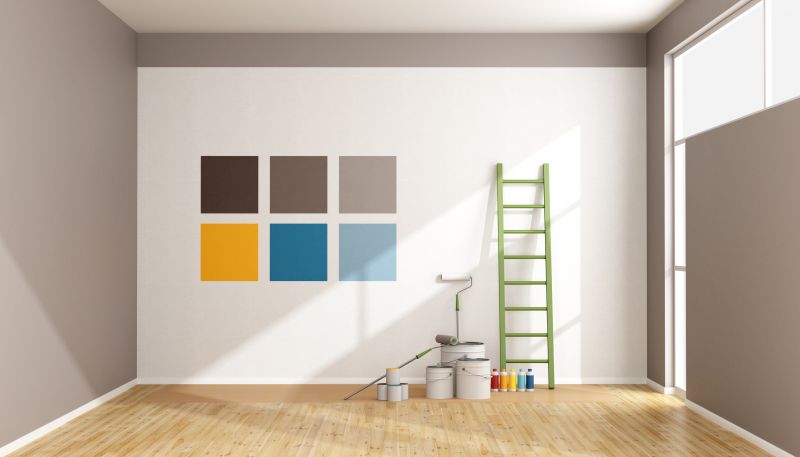
Ways to make Factory Paintings work in tight or awkward layouts.

Popular materials for Factory Paintings and why they hold up over time.
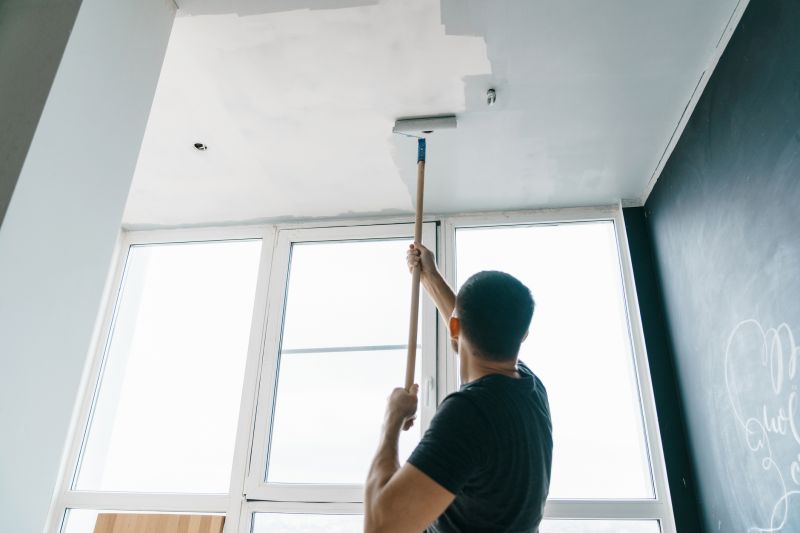
Simple add-ons that improve Factory Paintings without blowing the budget.
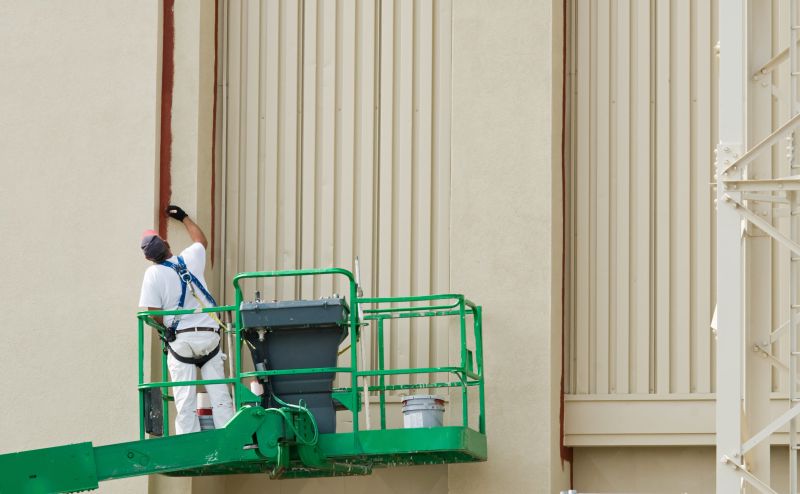
High-end options that actually feel worth it for Factory Paintings.
| Best Time for Factory Paintings | Key Considerations |
|---|---|
| Spring | Moderate temperatures, low humidity, ideal for curing. |
| Early Fall | Cool and dry conditions, suitable for painting. |
| Avoid Summer | High temperatures and humidity can cause defects. |
| Avoid Winter | Low temperatures and frost hinder application. |
| Downtime Scheduling | Align with maintenance periods to minimize operational impact. |
| Environmental Conditions | Monitor weather forecasts to choose optimal days. |
Factory paintings involve applying protective and decorative coatings to large-scale industrial structures and machinery. Proper timing ensures the longevity of the paint, reduces rework, and maintains safety standards. The selection of the optimal period for painting depends on environmental factors, operational schedules, and surface preparation requirements. Data indicates that scheduling during moderate weather conditions can extend paint life and reduce costs associated with reapplication.
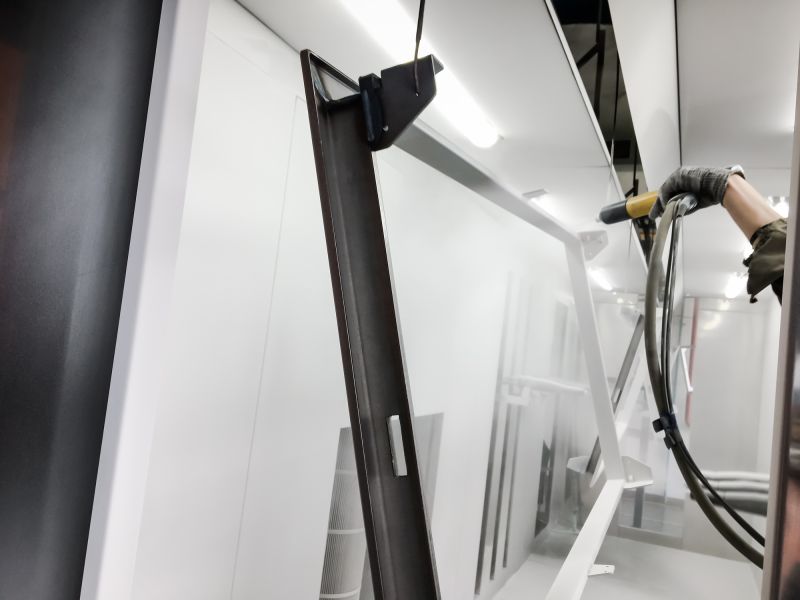
Surface preparation and climate control are essential components of successful factory painting.

Advanced spray and curing equipment improve efficiency and quality.

Properly timed projects result in durable, high-quality finishes.

Adherence to safety protocols during painting enhances worker safety and project quality.
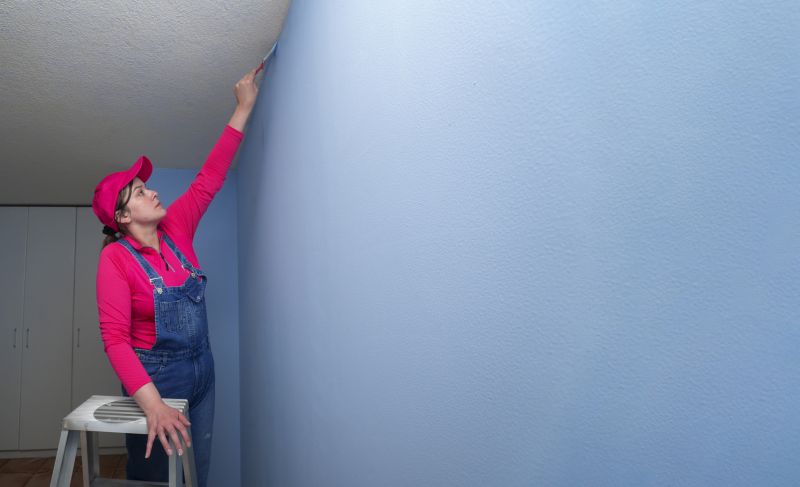
Finishes and colors that play nicely with Factory Paintings.
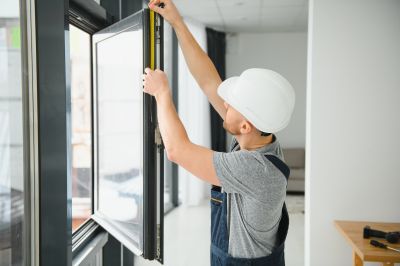
Little measurements that prevent headaches on Factory Paintings day.

A 60-second routine that keeps Factory Paintings looking new.

A frequent mistake in Factory Paintings and how to dodge it.
Choosing the right time for factory painting is crucial to achieving optimal results. Factors such as weather conditions, operational schedules, and surface readiness influence the success of each project. Proper planning can lead to longer-lasting finishes, reduced downtime, and cost savings. When considering factory painting, it is important to monitor weather patterns and plan accordingly to ensure the best possible outcome.
Interested in factory painting services? Fill out the contact form to discuss your project needs and scheduling options.
